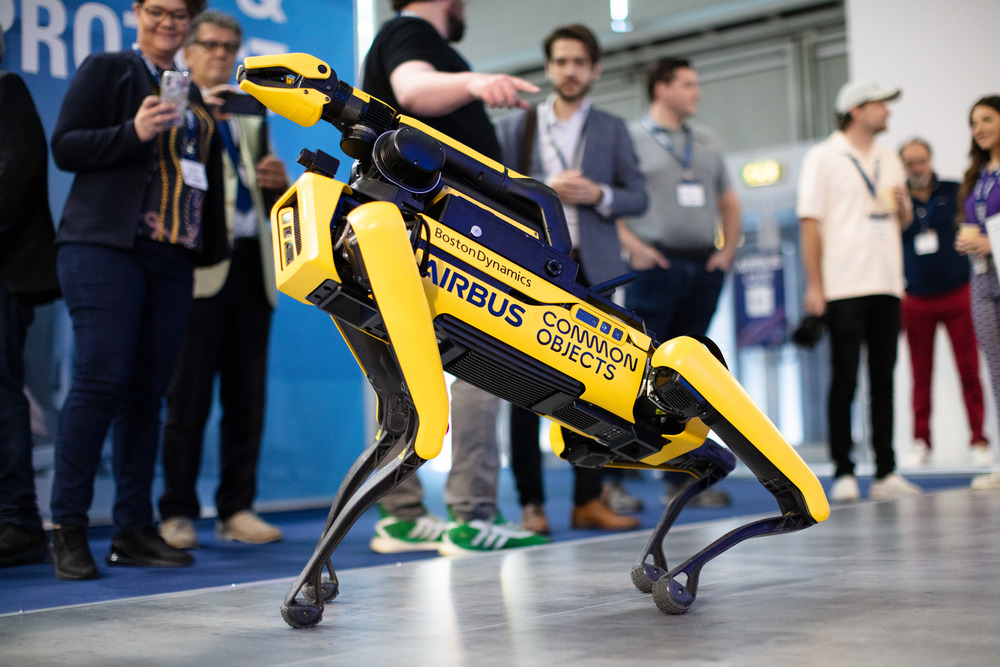Modern multi-channel implantable hearing devices were approved by the US Food and Drug Administration (FDA) in 1985 for adults and in 1990 for children. Since that time approximately 300,000 cochlear implants worldwide have been conducted including 50,000 adults and 30,000 children in the US.
Three of the pioneers in cochlear implants: Advanced Bionics, Cochlear, and MedEL are still at it with the help of many new companies and research institutes around the world who are continually providing breakthroughs to make the devices easier to wear and more effective.
At Princeton University scientists have created a functional ear using a sophisticated 3-D printer that merges bioengineered tissue and an advanced antenna. The new device can process radio frequencies far better than the normal range for humans.
Design of a Cochlear Implant
Three parts of the implant are, cochlear implant, a “worn on the body” speech processor, and a behind the ear speech processor with a coil.
The device works when the microphone receives acoustic input, converts sound to an electrical signal, sends electrical signals to the speech processor via a long cord. The speech processor codes the electrical signal using a specific strategy and sends signals to the coil via the long cord. The coil sends the signal across the skin via an FM wave to the internal receiver. The receive sends impulses to the electrode array and the electrodes stimulate the auditory nerve.
Advanced Bionics & Cybernetics
In recent years scientists are delivering much smaller scale medical sensors and antennas which are so thin they are referred to as “tattoos.” New techniques are allowing researchers to meld antenna with tissue in a shape similar to the human ear, significantly improving performance.





